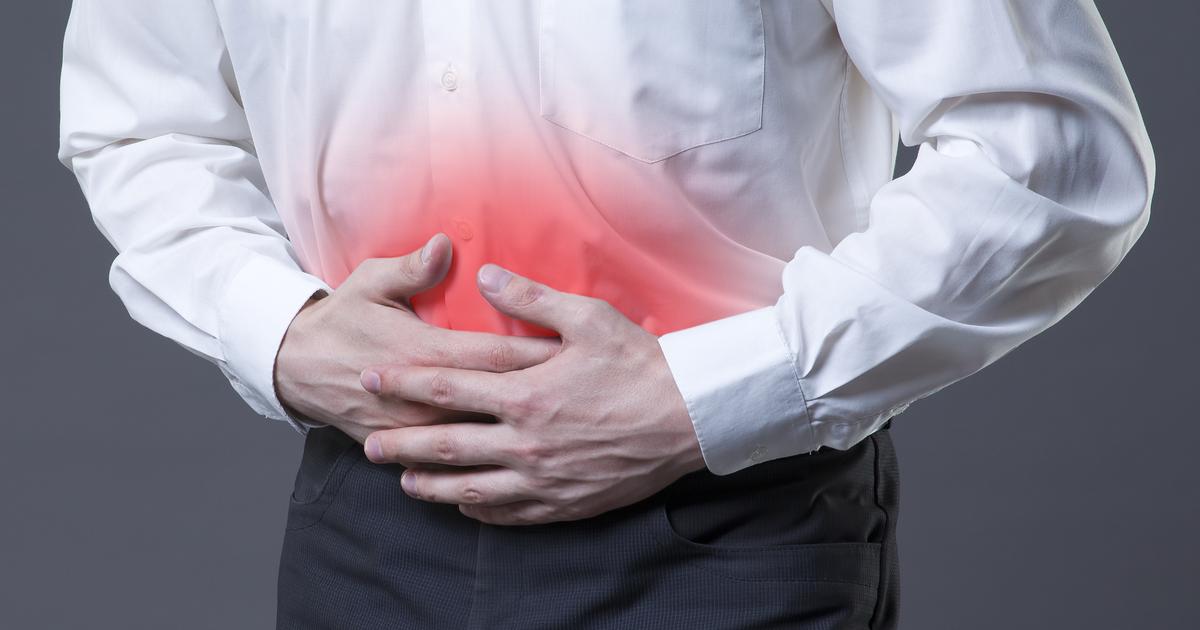Common And Serious Side Effects Of Statins
Statins are medications that reduce the amount of cholesterol in the blood. Doctors typically prescribe these drugs to patients who have elevated cholesterol, and they can also be prescribed to prevent and treat atherosclerosis, a hardening of the arteries. Research indicates statins help reduce a patient's risk of strokes, heart attacks, and death from cardiovascular disease by as much as thirty-five percent. Atorvastatin, fluvastatin, lovastatin, and simvastatin are some of the most commonly prescribed statins, and some patients also combine these with newer injectable drugs that can aid in reducing cholesterol. While statins are well tolerated by many individuals, certain patients are at an increased risk of developing side effects. For example, female patients and individuals over eighty years old are more likely to experience side effects, and patients who have liver or kidney issues could also have more unwanted side effects. When using statins, patients may need to have regular blood tests to monitor their cholesterol. The test results can be used to tailor treatment to the patient's needs.
The side effects discussed below are some of those patients might observe during treatment with statins.
Muscles Aches And Weakness

Muscle aches and weakness are frequently reported with the use of statins. Patients could experience mild discomfort or soreness, and they may also notice unusual tenderness in the muscles. Some patients could have more severe muscle pain that makes it hard to exercise or to perform daily activities. Research suggests patients on statins have a five percent chance of developing muscle pain, and it is often cited by patients as a major reason for wanting to discontinue the medication. Normally, the majority of muscle pain associated with statins occurs in the lower legs. Patients should always speak with their prescribing physician immediately if they notice any muscle pain while on statins. It may be possible to switch to a lower dose or another medication that does not have this side effect. To make it easier to cope with muscle pain, patients should try to avoid overly vigorous exercise, and taking a temporary break from statin treatment (with a doctor's approval) may help.
Get more details on the common side effects of taking statins now.
Abdominal Pain

Abdominal pain has been observed in many individuals who take statins. Patients could experience stomach cramps, and they might also notice constipation or diarrhea. Rarely, statins may cause liver damage or liver failure, both of which could trigger abdominal pain. For this reason, patients who notice any abdominal symptoms should be evaluated to check for potential liver issues. Doctors typically order liver function tests before starting a patient on a statin, and these tests are repeated if the patient shows signs of possible liver issues during treatment. To determine the underlying cause of abdominal pain and the potential for liver involvement, the doctor will ask the patient about his or her symptoms. Next, they will check the patient's skin and eyes for signs of jaundice, and an abdominal examination will be performed to check for any pain over the area of the liver. The physician might also estimate the size of the liver. If the doctor suspects the patient's abdominal pain might be caused by liver issues, further tests may be necessary, and the patient could be switched to another drug.
Read more about statin side effects now.
